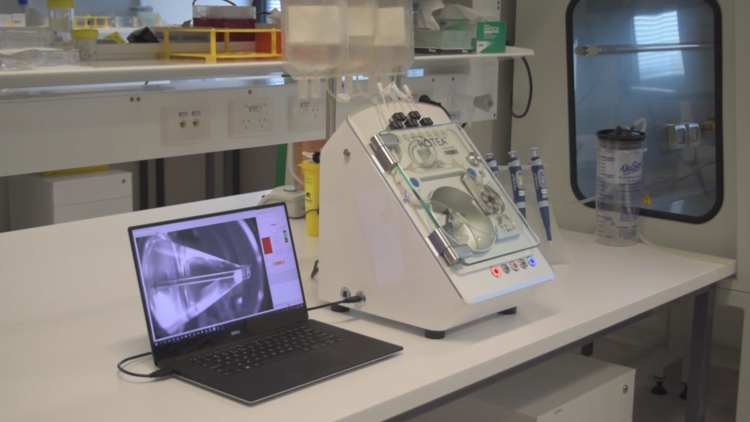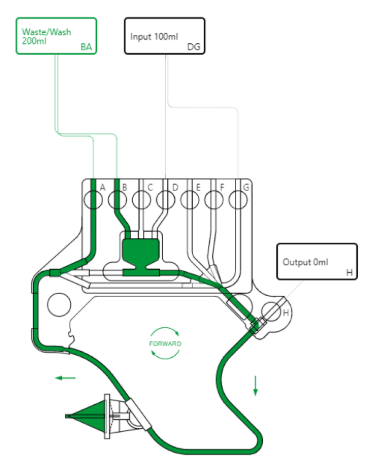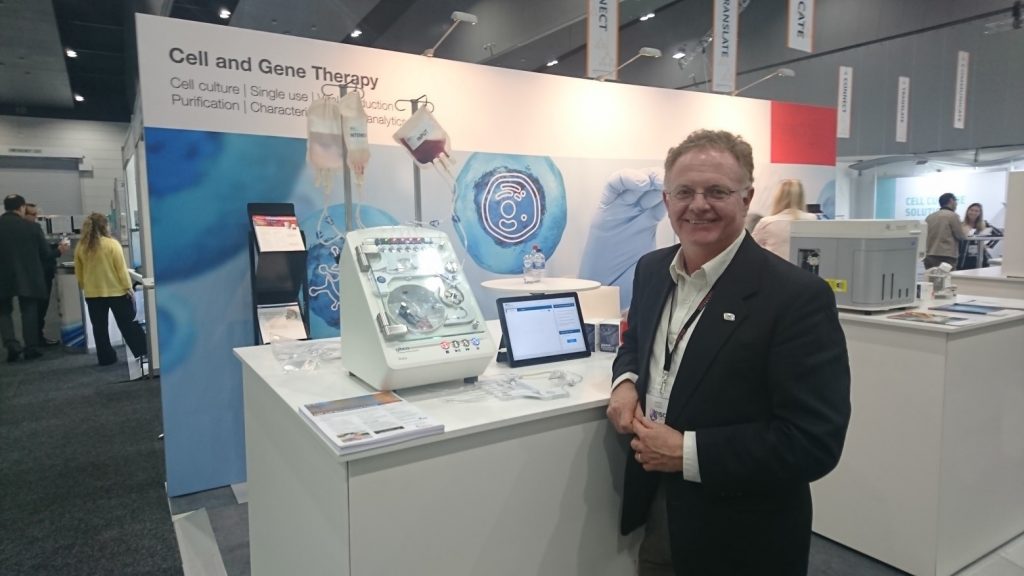Startup strategy
This is a classic startup tale where a small team do incredibly good work to get an idea into a demonstrable form and then build a team who can complete the package.
A Melbourne based business came to us with a mechanical prototype operated using three Arduino modules and hand wired actuators and drivers that had allowed them to prove the operating principle of their cell processing system. The system was managed by an Excel spreadsheet that allowed them to code the interactions they needed in the spreadsheet itself. This is one of the most impressive uses of Excel as a process controller I’ve seen.
Now they needed us to take that and make it into a robust version that could be transported.
This is a very good example of solving the problems you need to in order to take your next step. This minimise cost now, reduces time to the next step and reduces technical risk.
What we did was to create a set of PCBs that acted as custom shields for the Arduino modules and also provided mechanical support for the drivers, sensors and indicators. The hand soldered wires were replaced by crimped connectors and the whole assembly was now robust enough to put on a plane and allow them to demonstrate to industry experts and potential customers. This they did very successfully.
From Concept Prototype to Production
The next stage was to ditch the Arduino modules and create a more capable embedded system. But they also needed to put together a Control Interface for managing the instrument including in a GMP (Good Manufacturing Practice) environment with laboratory automation, and an editor for creating the programs (recipes) that defined the cell processing steps.
And lastly they also needs to get the manufacturing systems in place and the service support software.
To manage the risks they divided these tasks between three different businesses.

Another Melbourne developer did the control interface and also took control of the manufacturing processes. These processes require ISO 13485 Quality Management Systems which they had in place but we do not.
Successful Endeavours did the electronics, embedded software and the communications interfaces that ran on the tablet used for the Control Interface and the Service and Production Support software.
Contactpoint took on the Centrifuge Protocol Builder which is a web based tool that allowed creation of protocols and also simulation of them in use in order to refine them off the machine. This is very important because we are talking about processing human cells and if you mess up a batch you have to get more. Which could involve surgery. Contactpoint have an excellent Centrifuge Protocol Builder case study on their site which I recommend you also check out.

And getting to market
The final step of course is how you sell, distribute and support a product like this which is international in scope. Another great thing they did right was to aim global from day one. So they negotiated and closed a deal with an international distributor who already had the global presence in that market and were able to handle the logistics and presence to support the instrument. The product was launched at the Melbourne ISCT 2019 conference in May 2019.

We wish them every success with this Designed in Australia, Made in Australia, world first technology product. For us, this one just ticks every box we care about.
Successful Endeavours specialise in Electronics Design and Embedded Software Development, focusing on products that are intended to be Made In Australia. Ray Keefe has developed market leading electronics products in Australia for more than 30 years.
You can also follow us on LinkedIn, Facebook and Twitter.
This post is Copyright © 2021 Successful Endeavours Pty Ltd.



